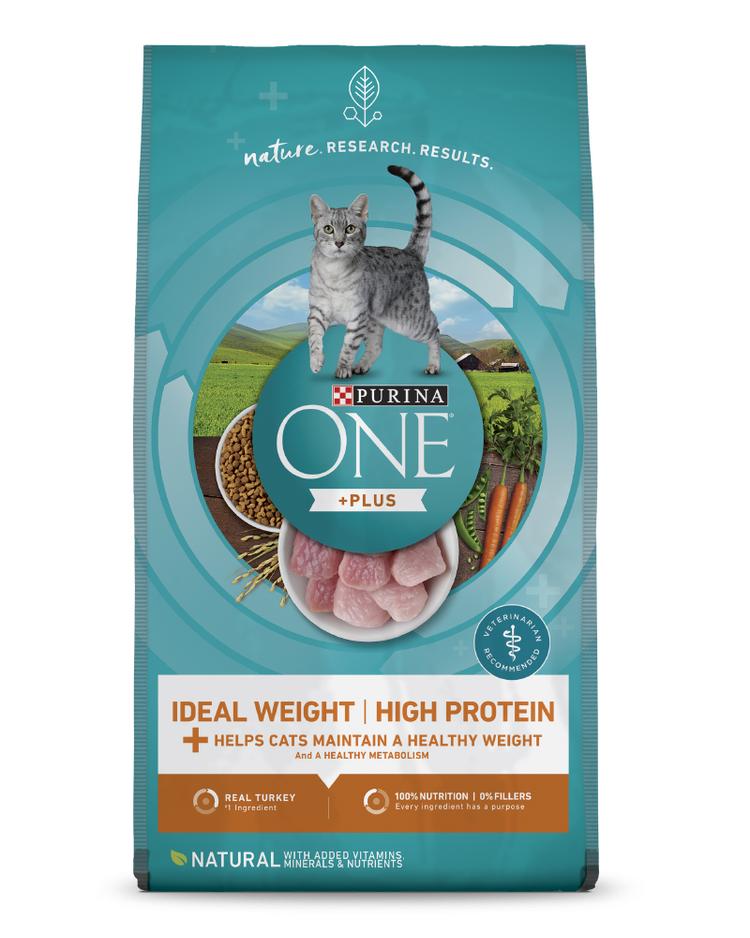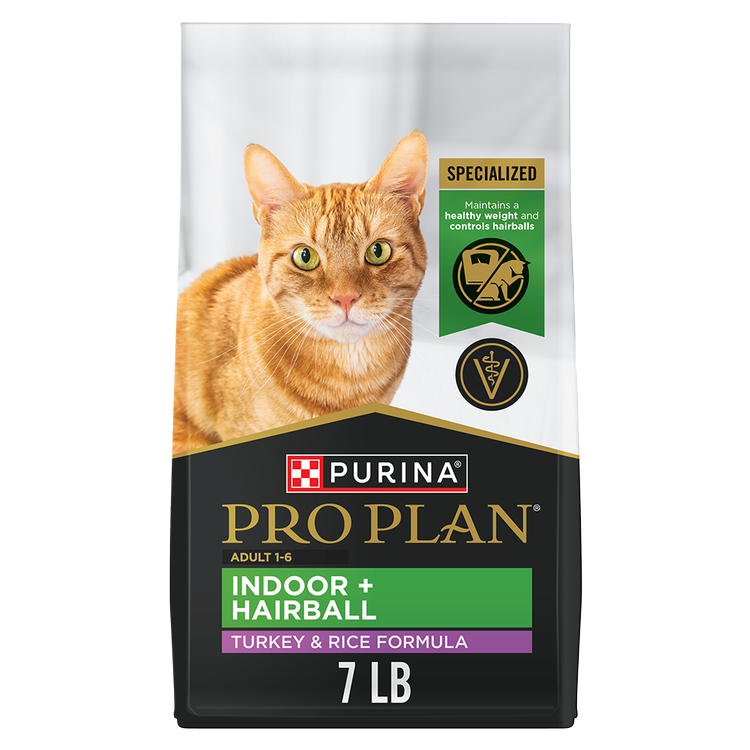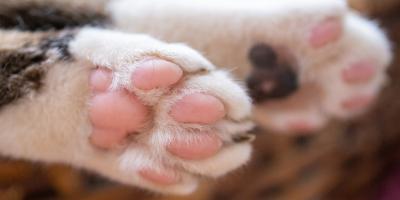Heat Stroke in Cats - Symptoms & Treatments


As the summer months arrive and their inevitable heatwaves hit, remembering that our feline companions feel the heat as much—if not more—than we do can be vitally important. It’s not only about keeping your cat comfortable; making sure your cat is protected from the heat can protect them from heat exhaustion and heatstroke—and potentially save their lives.
Keeping your cat hydrated with plenty of fresh water and serving them some wet cat food can help keep them cool, but there are more steps cat owners need to keep in mind to ensure their cats’ safety.
What is Heat Exhaustion vs. Heatstroke?
Heatstroke is a serious condition that cats and other animals experience when their body temperature becomes so high their body cannot cool themselves. The precursor to heatstroke is heat exhaustion.
Signs of heat exhaustion in cats include restless behavior as they search for a cool spot or area, panting, drooling, sweaty paws or excessive grooming, which are all an effort to cool themselves down.
Heat exhaustion can quickly become heatstroke if a cat doesn’t find solace from the heat. Heatstroke occurs in cats when their body temperature reaches 105°F or above. If you believe your cat is suffering from heatstroke, get your cat to a cool, well-ventilated area and call your veterinarian or emergency pet clinic immediately.
Signs of Heatstroke in Cats
Heatstroke is a danger for cats exposed to hot temperatures, especially if it’s for an extended period. Here are some of the symptoms to look for if you’re concerned your cat is suffering from heatstroke:
- Panting or trouble breathing
- Vomiting
- Diarrhea
- Increased heart rate
- Seizures
- Excessive drooling
- Sweaty paws
- Lethargy
- Disorientation
- Red, flushed tongue or gums
If your cat displays any of these symptoms, get them to a cool place and call your veterinarian immediately, even if your cat seems to have recovered and is acting normal.
Risk Factors for Heatstroke
All cats can suffer from heatstroke, but some may be at higher risk than others. Cats with one or more of the following may be at higher risk:
- Obesity
- Respiratory difficulty or disease
- Neurological disease
- Being a young kitten or elderly cat
- Heart or cardiovascular problems
- Flat-faced breeds like Persian, Himalayan or Burmese cats
- Strenuous exercise
Consulting with your veterinarian should always be the first course of action if you’re concerned your cat is suffering from heatstroke. But if immediate help isn’t possible, there are steps you can take to help your cat cool down:
- Take Your Cat’s Temperature: Check your cat’s rectal temperature every 10 minutes. A normal cat temperature should be between 100.5°F and 102.5°F. Temperatures of 104°F and above are cause for alarm.
- Make Cool Water Available: Cool water can help bring down their body temperature and help them rehydrate if they have become dehydrated.
- Move Your Cat to a Cool Location: At the first sign of trouble, take your cat to a cool, air-conditioned area indoors.
- Just Add Water: One slightly counter-intuitive approach is to use warm water to wet your cats ears, paws and abdominal region and place them close to a fan. This will create a cooling effect similar to sweating.
- Apply Wet, Cold Towels: If your cat’s rectal temperature is above 105°F or if your cat’s gait appears to be unsteady, drape them in wet, cold towels or, if they allow it, put them in cool water until their temperature drops to 103°F, then discontinue. You can also put the cool washcloths in their armpits and groins as that is another area of large heat exchange. Adding a small amount of rubbing alcohol to the water can also help as the evaporation can create a cooling effect.
Remember, even if your cat seems to have recovered, it is still vital that a veterinarian check them out.
How to Prevent Heatstroke in Cats
The best way to battle heatstroke is to prevent it from happening in the first place. The good news is, if you take the proper precautions, your cat should be able to stay cool, comfortable and safe on even the hottest of days. Here are some preventive steps to take:
- Supply your cat with plenty of cool water.
- Try giving your cat wet cat food to give them a little extra hydration on hot days.
- Allow your cat plenty of shade to lay under if they’re going to be outside or in a sunny indoor area.
- If your cat spends most of their time indoors, make sure they’re in a climate-controlled, well-ventilated location.
- Help your cat avoid hot pavement, which can cause them to overheat and can burn their paws.
- DO NOT leave your cat in a parked car.
Remember, your cat may not know how to communicate they’re becoming overheated, so keep a close eye on them as the temperatures soar so you both can have a pleasant summer together.
For more tips on cat and kitten health from our experts, visit our Pet Expertise page.
Related articles

Earn myPurina Rewards with Every Purchase
Use your points for treats, toys, and gift cards with myPurina app.






